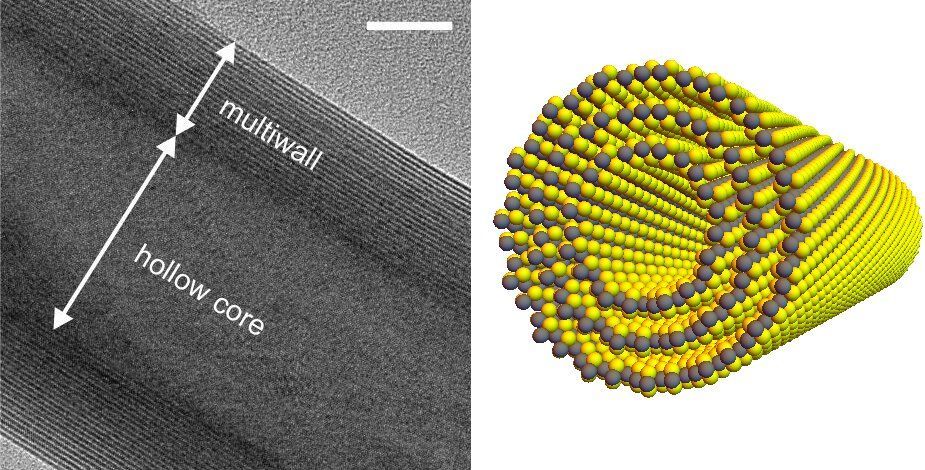The universe will cease to exist around the same time our sun is slated to die, according to new predictions based on the multiverse theory.



Andrei Linde, the Harald Trap Friis Professor of Physics at Stanford University, will give the Applied Physics/Physics colloquium on Tues., May 8, 2018 entitled “Reverse Engineering the Universe.” This lecture will be held in the Hewlett Teaching Center, Room 200.
Event Sponsor:
Applied Physics/Physics Colloquium

Researchers at the University of Maryland, College Park and Towson University are reporting that they have created multiple universes inside a laboratory-created multiverse — a world first.
To be exact, the researchers created a metamaterial — like those used to fashion invisibility cloaks — that, when light passes through it, multiple universes are formed within it. These universes, called Minkowski spacetimes, are similar to our own, except they more neatly tie up Einstein’s theory of special relativity by including time as a fourth dimension.
While this is rather extraordinary, the experimental setup is actually quite simple — though definitely rather unconventional. The multiverse is created inside a solution of cobalt in kerosene. This fluid isn’t usually considered a metamaterial, but lead researcher Igor Smolyaninov and co found that by applying a magnetic field, the ferromagnetic nanoparticles of cobalt line up in neat columns. When light passes through these columns, it behaves as if it’s in a Minkowski universe.

Organic solid-state lasers are essential for photonic applications, but current-driven lasers are a great challenge to develop in applied physics and materials science. While it is possible to create charge transfer complexes (i.electron-donor-acceptor complexes among two/more molecules or across a large molecule) with p-/n- type organic semiconductors in electrically pumped lasers, the existing difficulties arise from nonradiative loss due to the delocalized states of charge transfer (CT). In a recent report, Kang Wang and a team of researchers in the departments of chemistry, molecular nanostructure and nanotechnology in China demonstrated the enduring action of CT complexes by exciton funneling in p-type organic microcrystals with n-type doping.
They surrounded locally formed CT complexes containing narrow bandgaps with hosts of high levels of energy to behave as artificial light-harvesting systems. They captured the resulting excitation light energy using hosts to deliver to the CT complexes for their function as exciton funnels in order to benefit lasing actions. Wang et al. expect the preliminary results to offer in depth understanding of exciton funneling in light-harvesting systems to develop high-performance organic lasing devices. The new results are now available on Science Advances.
Organic semiconductor lasers that function across the full visible spectrum are of increasing interest due to their practical applications from multiband communication to full-color laser displays. Although they are challenging to attain, electrically pumped organic lasers can advance the existing laser technology to rival organic light-emitting diodes.

To guarantee high quality pharmaceuticals, manufacturers need not only to control the purity and concentration of their own products, but also those of their suppliers. Researchers at the Fraunhofer Institute for Applied Solid State Physics IAF have developed a measuring system capable of identifying a wide variety of chemical and pharmaceutical substances remotely and in real time. It is perfect for the use in the pharmaceutical, chemical and food industry.
Especially for pharmaceutical and food productions a continuous control of ingredients is indispensable. Usually, this would be done by a sampling and a laboratory analysis via chromatography or spectrometers. However, such a process is time-consuming and allows only for spot checks. At Fraunhofer IAF, researchers have developed a measuring system capable of a quality control in real time. It identifies even smallest amounts of substances based on their molecular composition.

Scientists have discovered an unexpectedly simple formula that governs one of the most seemingly unknowable limits in physics: determining how much of an electric field a water droplet can withstand before it will burst.
This infinitesimal phenomenon has been studied by physicists for decades, but while the overall concept may be easy to imagine, discerning the mathematical relationships that underpin such electrified explosions has been anything but.
Now that it’s been figured out, scientists say this one formula could lead to new advancements in everything from space propulsion to mass spectrometry, high-resolution printing, air purification, molecular analysis, and more.

A team of researchers from the University of Glasgow, the University of Strathclyde and Hobart and William Smith Colleges has developed a new coating for mirrors used on gravity detectors that is 25 times less noisy than mirror surfaces used on LIGO. In their paper published in the journal Physical Review Letters, the group describes how they made it and how well it performed during testing.
The mirrors used in gravity wave detectors are positioned at the ends of its arms. Coherent light rays are reflected from both mirrors and interfere with each other. Gravitational waves are measured by noting how much the mirrors shift, resulting in slight changes in length of the arms to which they are attached, to an accuracy of 10–16 cm. As impressive as that is, researchers want to improve the sensitivity of the detectors used at LIGO/Virgo, even after the recent upgrade.
To that end, members of the European Union have begun developing plans for the construction of what the Einstein Telescope, a gravitational wave detector with sensitivity 100 times higher than LIGO/Virgo. But for that to happen, improvements in the design of the current interferometer are required. One of those improvements is reducing the amount of thermal fluctuations in the mirror coatings. In this new effort, the researchers claim to have done just that.
Are you — is every person you’ve ever loved, every incredible sight you’ve ever witnessed — part of a hologram? Some scientists think so.
They argue that all the information in the universe may be stored on some sort of two-dimensional object. In this video, NASA astronomer Michelle Thaller delves into frontier science — an unchartered territory that may require a new level of physics to better understand.

Physicists have discovered a novel kind of nanotube that generates current in the presence of light. Devices such as optical sensors and infrared imaging chips are likely applications, which could be useful in fields such as automated transport and astronomy. In future, if the effect can be magnified and the technology scaled up, it could lead to high-efficiency solar power devices.
Rice University’s solar-powered approach for purifying salt water with sunlight and nanoparticles is even more efficient than its creators first believed.
Researchers in Rice’s Laboratory for Nanophotonics (LANP) this week showed they could boost the efficiency of their solar-powered desalination system by more than 50% simply by adding inexpensive plastic lenses to concentrate sunlight into “hot spots.” The results are available online in the Proceedings of the National Academy of Sciences.
“The typical way to boost performance in solar-driven systems is to add solar concentrators and bring in more light,” said Pratiksha Dongare, a graduate student in applied physics at Rice’s Brown School of Engineering and co-lead author of the paper. “The big difference here is that we’re using the same amount of light. We’ve shown it’s possible to inexpensively redistribute that power and dramatically increase the rate of purified water production.”